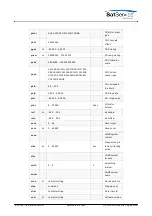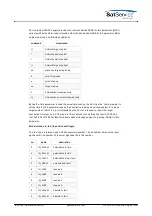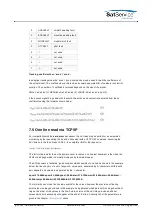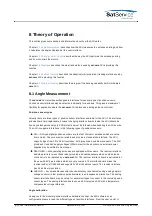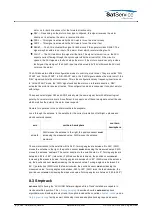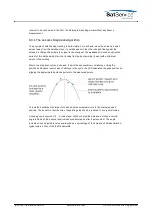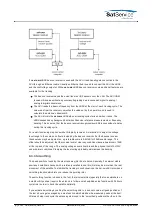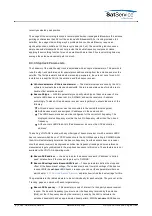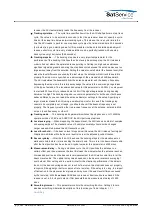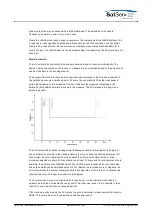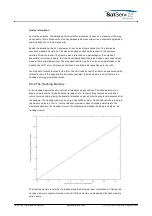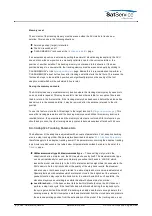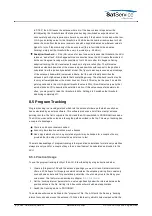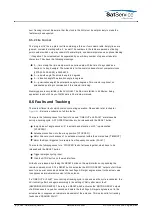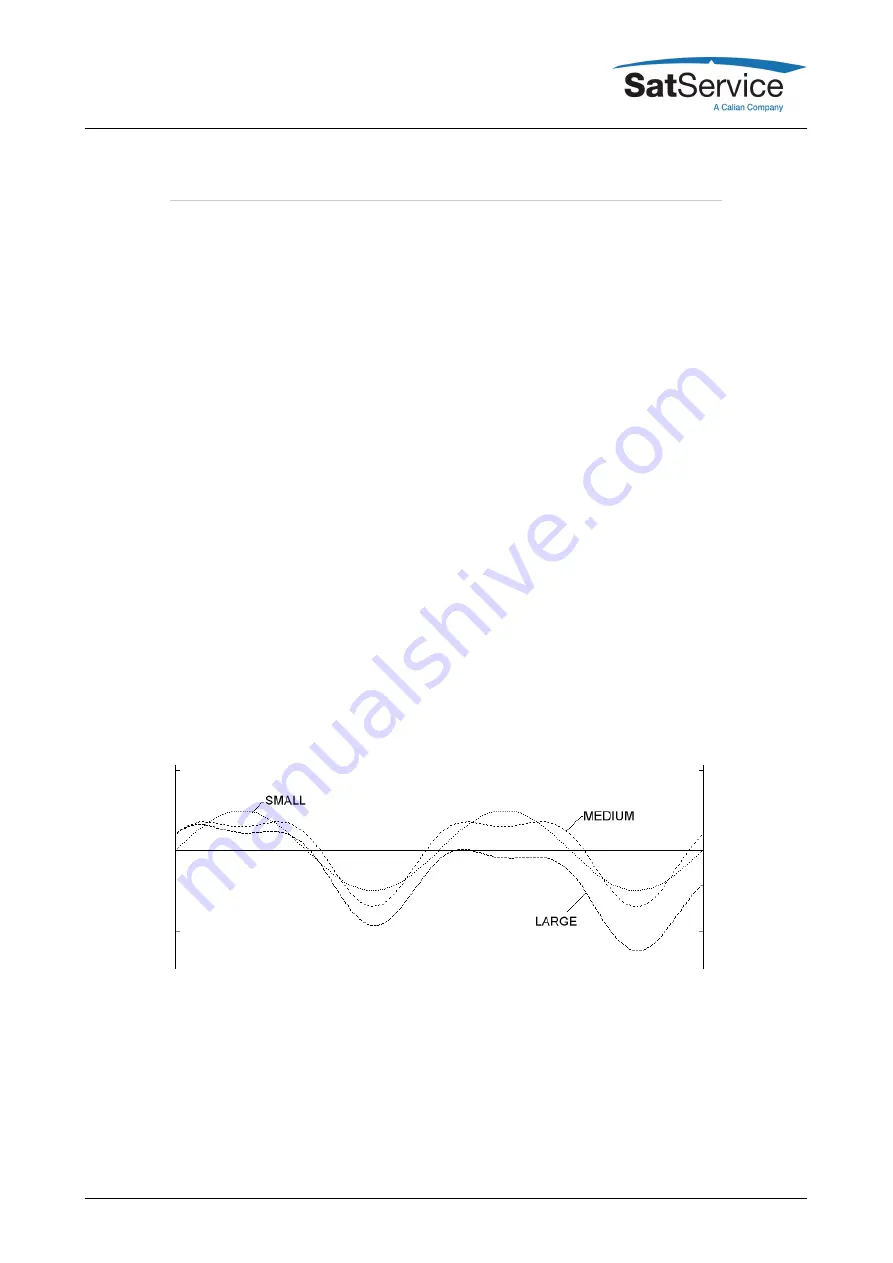
8.4 Adaptive Tracking
Adaptive tracking is an extension to the standard step track method. The ACU records the
tracked positions over several days. It computes a mathematical model from the recorded data
which is used to predict the antenna position in case of a beacon receive failure. The
following
paragraphs
describe how the sat-nms adaptive tracking algorithm works.
8.4.1 The sat-nms Adaptive Tracking Algorithm
The motion of a geostationary satellite at the sky mainly is caused by an inclination of the
satellite's orbit with respect to the earth's equatorial plane, sometimes also by the fact, that
satellites decelerate in orbit. The motion seen from the antenna's point of view can be described
as the sum of harmonic oscillations with the frequency being multiples of the reciprocal of an
sidereal day.
The mathematical models used by the sat-nms adaptive tracking algorithm to predict the
satellite's motion are finite sets of harmonic elements. The coefficients of the elements are
evaluated from the step track data recorded for several hours or days by means of the least
square fit method.
The more elements are included to a model, the better approximation of the true motion is
possible. On the other hand, the number of data points used to evaluate a model is limited, the
measurements values are distorted due to inaccuracy and noise. The more complicated a model
is, the more susceptible it is to noise. For practical usage, there have to be used varying models,
depending on the amount and quality of the recorded steptrack data.
Models
The ACU uses three different mathematical models to describe the movement of the antenna
while it tracks the satellite. All models are based on sinusoidal functions with a cycle time on an
sidereal day. The models called SMALL, MEDIUM and LARGE differ in their complexity.
The SMALL model, the simplest one, emulates the true antenna movement with a plain sine
function. There are only three parameters with this model, the nominal antenna pointing, and the
amplitude / phase values of the superposed sine. This model is very stable, gives reliable results
even with only a few measured step track peaks.
Unfortunately the SMALL model does not fit optimally for all satellites. The MEDIUM model
superposes a second sine wave with the double frequency (two cycles for one sidereal day). The
model matches very good for almost all stationary satellites. It however requires more and also
more precisely measured data points to give reliable results. The MEDIUM model is fully
compatible to the SMALL one, this means that also satellites for which the antenna must follow a
(C) 2022, SatService GmbH
www.satnms.com
ACU-19V2-UM-2209 Page 59/65

